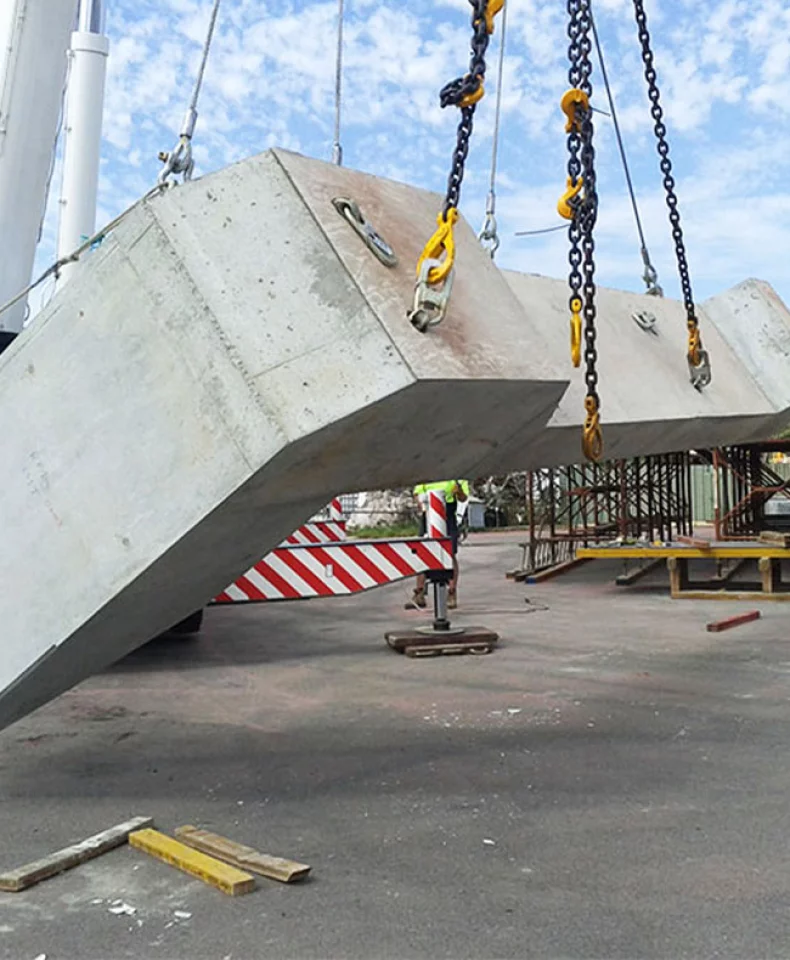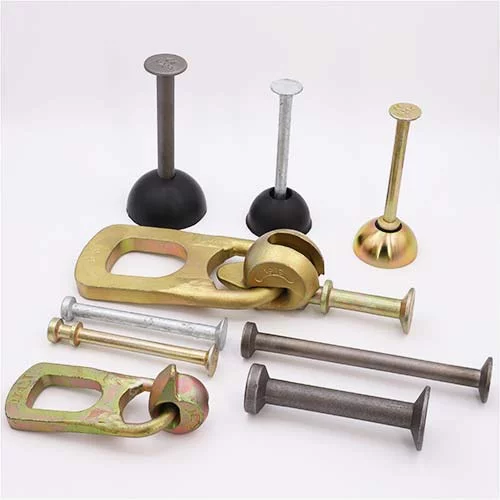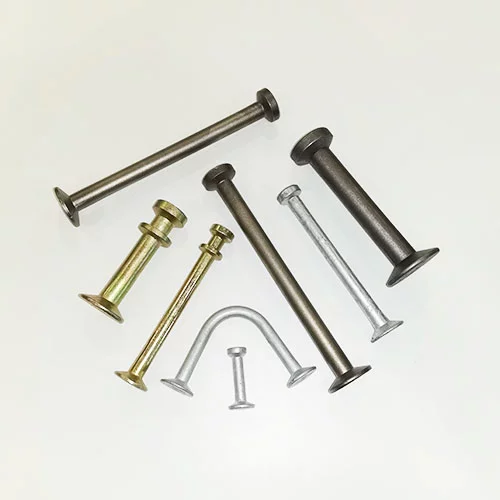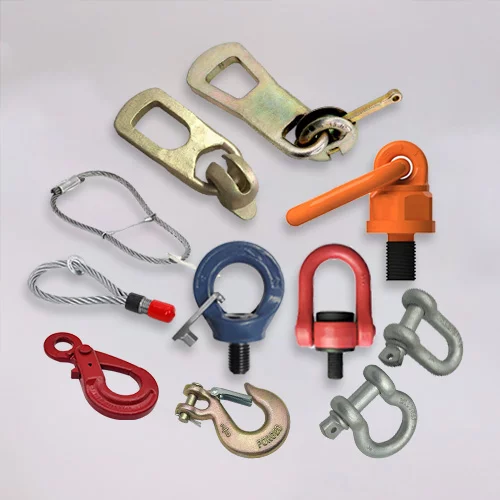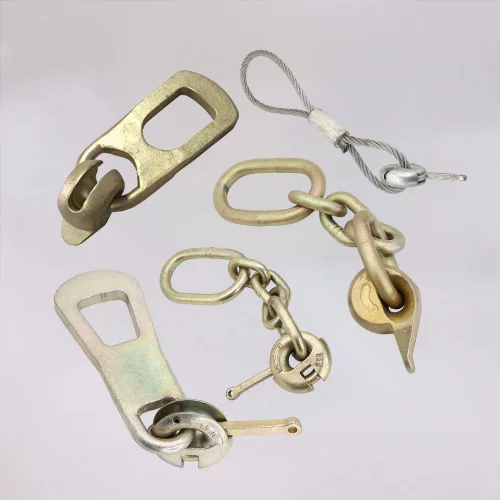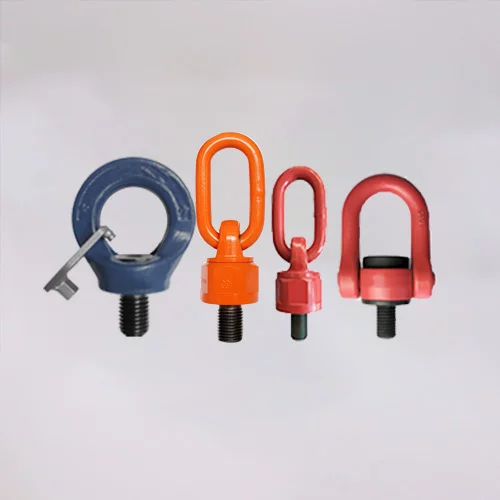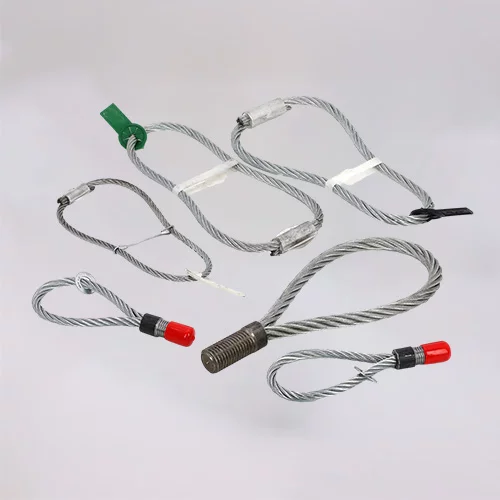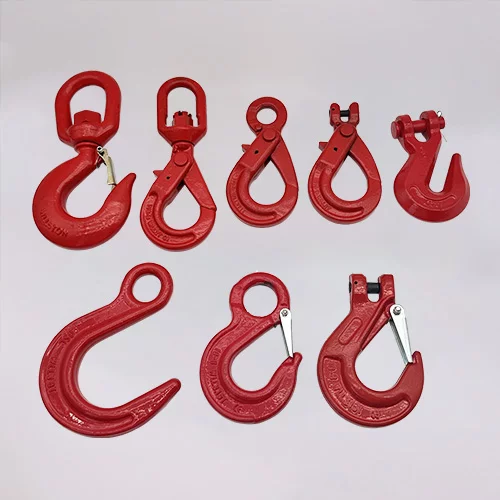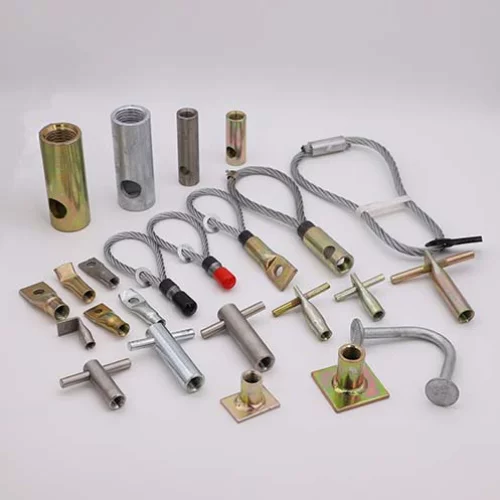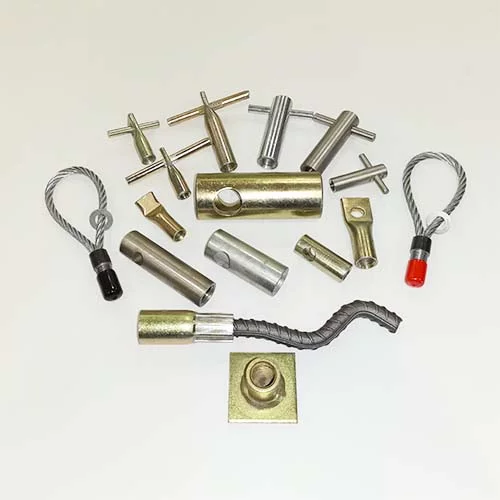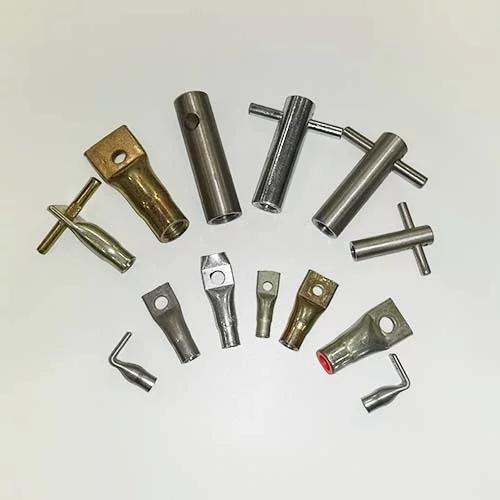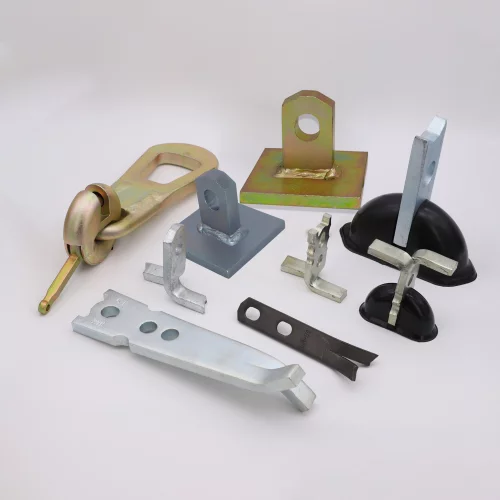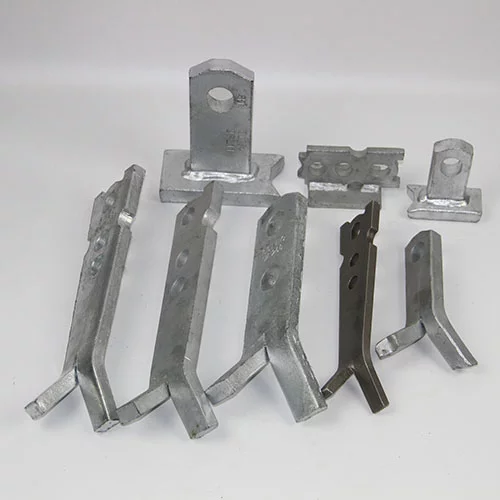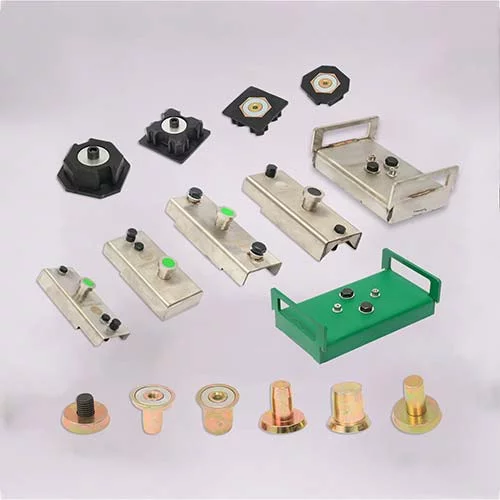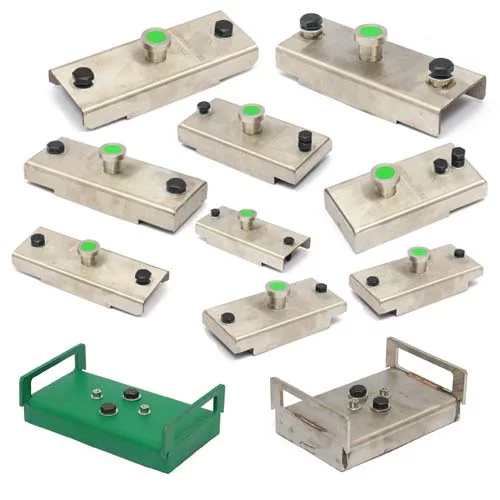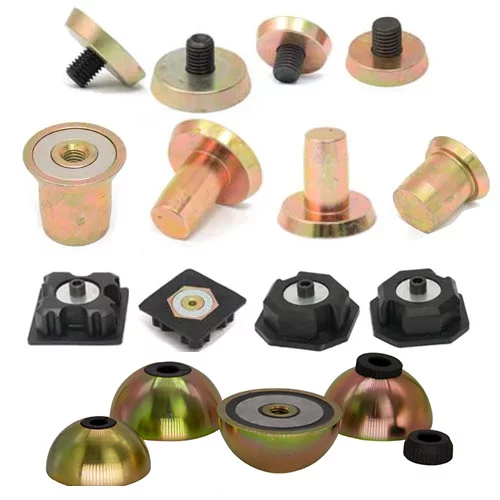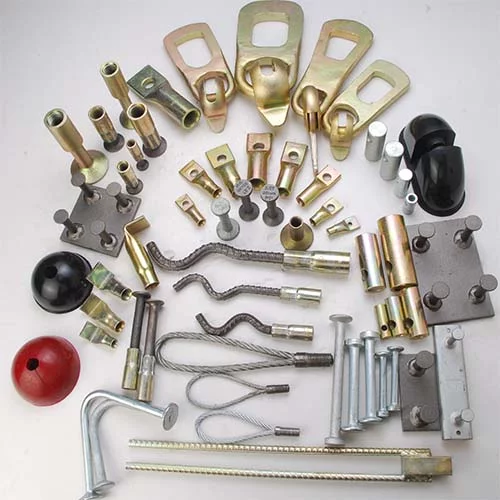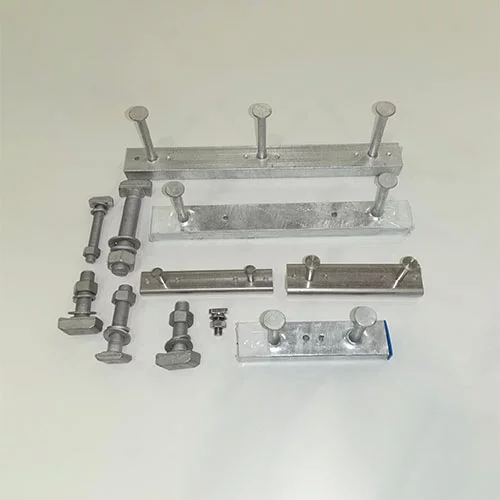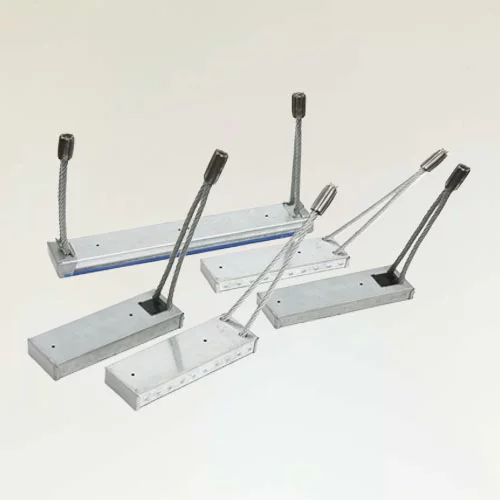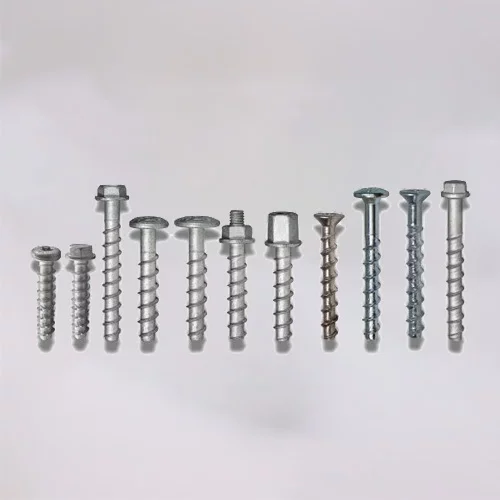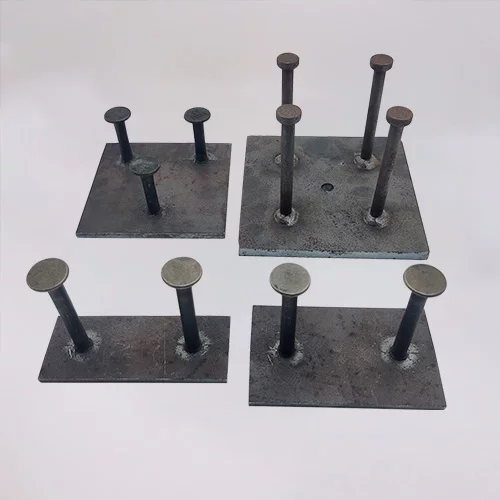Basic Technical Requirements of Halfen Cast-in Channel
Article Guidance:
3. Channel Dimensions and Profiles
6. Compatibility with Accessories
7. Quality Control and Testing

Halfen Cast-in Channels are essential components in modern construction projects, providing structural support and versatility in a wide range of applications. These channels offer exceptional strength and durability when correctly installed and maintained. To ensure the successful implementation of Halfen Cast-in Channels in construction projects, it is crucial to understand the basic technical requirements associated with their use. This article aims to provide a comprehensive overview of these requirements, highlighting key considerations that architects, engineers, and construction professionals should keep in mind.
1. Material Selection
The first and foremost technical requirement when using Halfen Cast-in Channels is the selection of the appropriate material. These channels are available in various materials, including galvanized steel, stainless steel, and aluminum. The choice of material depends on factors such as the environmental conditions, load-bearing capacity, and corrosion resistance required for the specific project.
- Galvanized Steel: This is a cost-effective option suitable for indoor and dry outdoor environments. Galvanized steel provides moderate corrosion resistance, making it ideal for applications where exposure to moisture is limited.
- Stainless Steel: Stainless steel Halfen Cast-in Channels offer excellent corrosion resistance, making them suitable for projects in corrosive environments, such as coastal areas or industrial settings. They are also ideal for applications requiring a sleek and aesthetic finish.
- Aluminum: Aluminum channels are lightweight and corrosion-resistant, making them a preferred choice for projects where weight considerations are essential. They are commonly used in architectural applications.
2. Load-Bearing Capacity
Determining the load-bearing capacity of Halfen Cast-in Channels is a critical technical requirement. Engineers must calculate the maximum loads that the channels will be subjected to and select the appropriate channel size and configuration accordingly. Factors that influence load capacity include channel dimensions, material type, and the method of installation.
Load calculations should consider both static and dynamic loads, taking into account factors such as wind, seismic activity, and live loads. It is essential to adhere to local building codes and industry standards to ensure the safety and structural integrity of the project.
3. Channel Dimensions and Profiles
Halfen Cast-in Channels come in a variety of dimensions and profiles, including U-shaped, T-shaped, and L-shaped channels. The choice of channel profile depends on the specific application and structural requirements of the project. Engineers must carefully select the appropriate dimensions and profiles to ensure proper load distribution and anchorage.
Additionally, Halfen Cast-in Channels may feature different slot configurations, such as plain or slotted channels. The selection of the slot type should align with the fastening method and the flexibility required for future adjustments or modifications.
4. Installation Method
Proper installation is paramount to the performance and safety of Halfen Cast-in Channels. The installation method may vary depending on the project's requirements, but it typically involves casting the channels into concrete or securing them using chemical anchors or mechanical fasteners.
When casting channels into concrete, precise positioning and alignment are crucial. Concrete should be poured carefully to ensure complete encapsulation of the channels and the desired load distribution. It is essential to follow manufacturer guidelines and industry best practices for casting Halfen Cast-in Channels to prevent issues such as misalignment or inadequate concrete cover.
When using chemical anchors or mechanical fasteners, engineers must ensure that the selected fastening method is suitable for the intended load and that it complies with relevant codes and standards. Proper torque settings, hole diameters, and anchor spacings should be strictly adhered to during installation.
5. Corrosion Protection
To maximize the longevity and durability of Halfen Cast-in Channels, corrosion protection measures must be considered. This is particularly important in outdoor or corrosive environments. Corrosion can compromise the structural integrity of the channels and, consequently, the entire structure.
Corrosion protection options include:
- Hot-dip galvanizing: Provides a durable and long-lasting corrosion-resistant coating for steel channels.
- Stainless steel or aluminum materials: Inherently corrosion-resistant, these materials are suitable for environments where corrosion is a significant concern.
- Protective coatings: Some channels may be coated with epoxy or other corrosion-resistant coatings to enhance their longevity.
The choice of corrosion protection method should align with the environmental conditions and service life requirements of the project.
6. Compatibility with Accessories
Halfen Cast-in Channels are often used in conjunction with various accessories, such as anchor bolts, threaded rods, and channel nuts. It is essential to ensure that these accessories are compatible with the selected channel type and size. Proper compatibility ensures secure fastening and load distribution, minimizing the risk of structural failures.
Engineers should verify that the accessories and fasteners meet the required load ratings and are designed for use with Halfen Cast-in Channels. Additionally, they should consider factors such as thread size, thread type, and anchor length when selecting accessories.
7. Quality Control and Testing
Quality control and testing are integral components of ensuring the performance and safety of Halfen Cast-in Channels. Quality control measures should be in place to verify the material properties, dimensional accuracy, and corrosion protection of the channels. Manufacturers often conduct rigorous testing to ensure that their products meet industry standards and specifications.
On-site testing, such as load testing, may also be necessary to validate the structural integrity of the channels once they are installed. Load tests should be conducted by qualified personnel using appropriate equipment and procedures. The results of these tests help verify that the channels can safely support the specified loads.
Halfen Cast-in Channels are versatile and essential components in modern construction, offering exceptional strength and durability when properly selected, installed, and maintained. Architects, engineers, and construction professionals must adhere to basic technical requirements, including material selection, load-bearing capacity calculations, channel dimensions, proper installation methods, corrosion protection, accessory compatibility, and quality control.
By following these technical requirements and best practices, construction projects can benefit from the reliability and structural integrity that Halfen Cast-in Channels provide, ensuring the safety and longevity of the built environment. Proper planning and attention to detail in the selection and installation of Halfen Cast-in Channels contribute to the overall success of construction projects, whether they involve infrastructure, commercial buildings, or architectural designs.
Article Navigation
PRECAST CONCRETE ACCESSORIES
OTHER RELATED ARTICLE
Other Precast Concrete Accessories You Might Want to Know
You can click to learn more about HULK Metal precast concrete accessories such as lifting anchors, precast sockets, spread anchors, shuttering magnets, cast-in channels, wire loop boxes, and other precast concrete accessories you might want to know.
